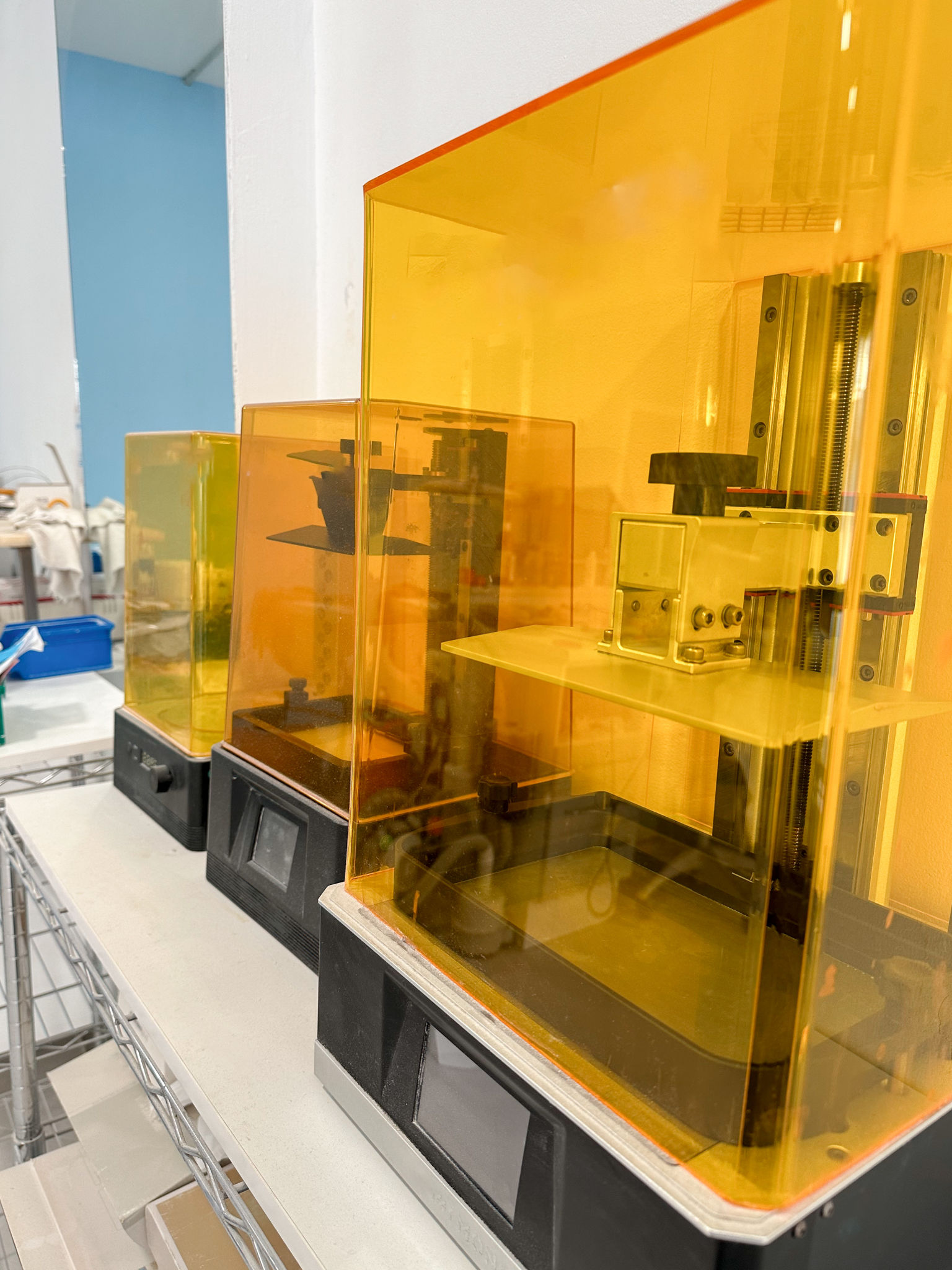Innovations in Dental Restorations: The Role of 3D Printing
Revolutionizing Dental Restorations with 3D Printing
The field of dentistry has always been at the forefront of adopting new technologies to improve patient care and outcomes. One of the most exciting advancements in recent years is the integration of 3D printing in dental restorations. This innovative technology is transforming the way dental professionals approach everything from crowns to dentures, providing significant benefits for both practitioners and patients.

The Basics of 3D Printing in Dentistry
3D printing, also known as additive manufacturing, involves creating three-dimensional objects by layering materials based on digital models. In dentistry, this allows for precise and customized production of dental restorations. The process starts with a digital scan of the patient’s teeth, which is then used to design the restoration on specialized software. The design is sent to a 3D printer, which constructs the restoration layer by layer.
This method offers unparalleled accuracy, ensuring that dental prosthetics fit perfectly, reducing the need for adjustments and remakes. The use of biocompatible materials also ensures that the restorations are safe and comfortable for patients.
Benefits of 3D Printing in Dental Restorations
The advantages of using 3D printing in dental restorations are numerous. Here are some of the key benefits:
- Speed: Traditional methods can take weeks, but 3D printing significantly reduces production time.
- Customization: Each restoration is tailored to the patient's unique dental structure.
- Cost-effectiveness: Reduces labor and material costs, making treatments more affordable.
- Precision: High accuracy reduces the need for manual adjustments.

Applications in Dental Restorations
3D printing is being used in various dental applications, including:
- Crowns and Bridges: Customized to fit perfectly over existing teeth.
- Orthodontic Appliances: Such as clear aligners for teeth straightening.
- Implants: Precisely crafted to integrate seamlessly with natural bone.
- Dentures: Offering a more comfortable and natural fit for patients.
These applications not only improve the quality of dental care but also enhance the patient experience, making treatments more accessible and less invasive.

Future Prospects and Challenges
While 3D printing is already making waves in dental restorations, the future holds even more promise. Advances in materials and technology continue to expand the possibilities, potentially leading to even more comprehensive and efficient treatments. However, challenges remain, including the need for widespread training and the initial cost of equipment.
Despite these hurdles, the integration of 3D printing in dentistry is set to grow, driven by its potential to revolutionize patient care. As technology advances, we can expect even greater innovations that will further enhance the field of dental restorations.